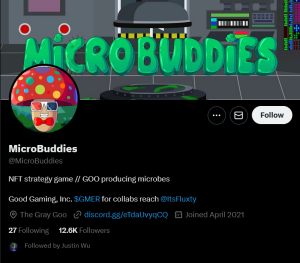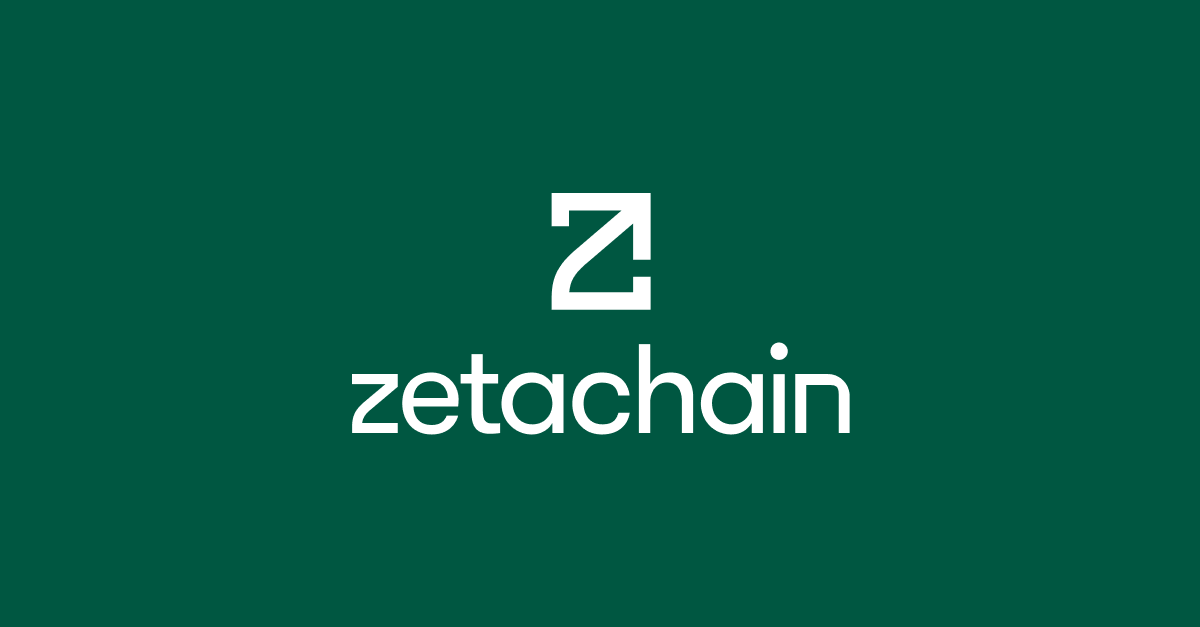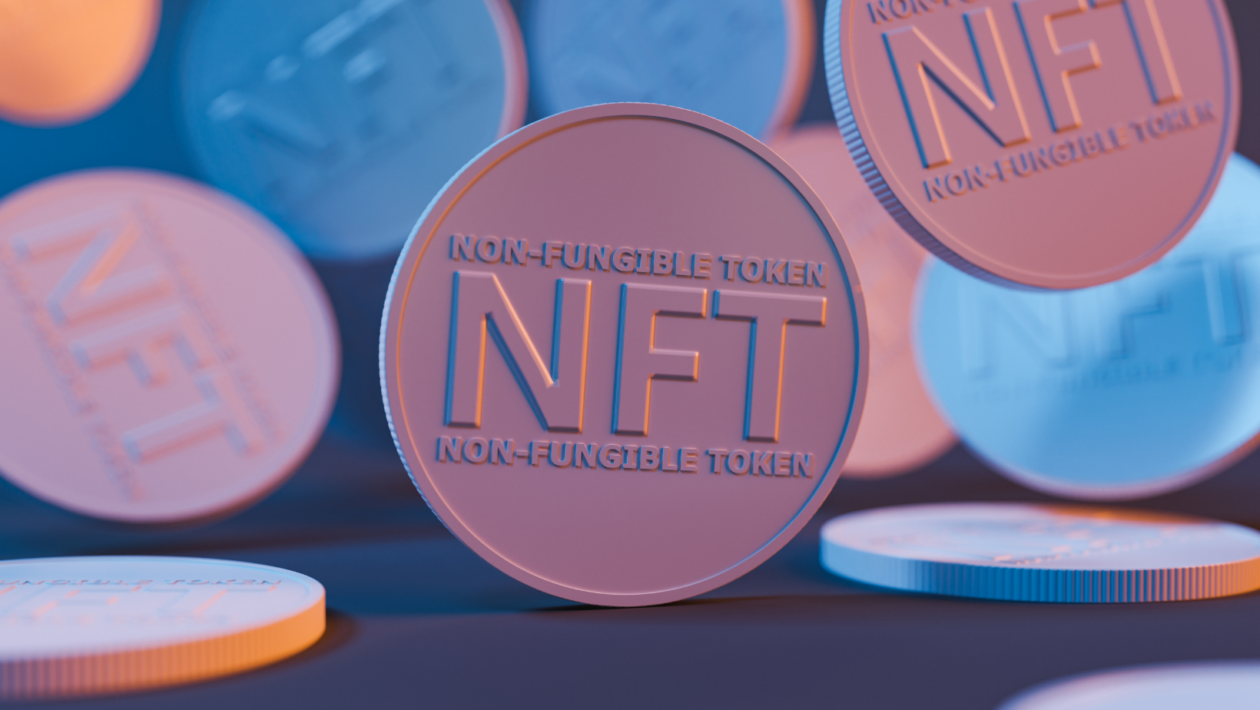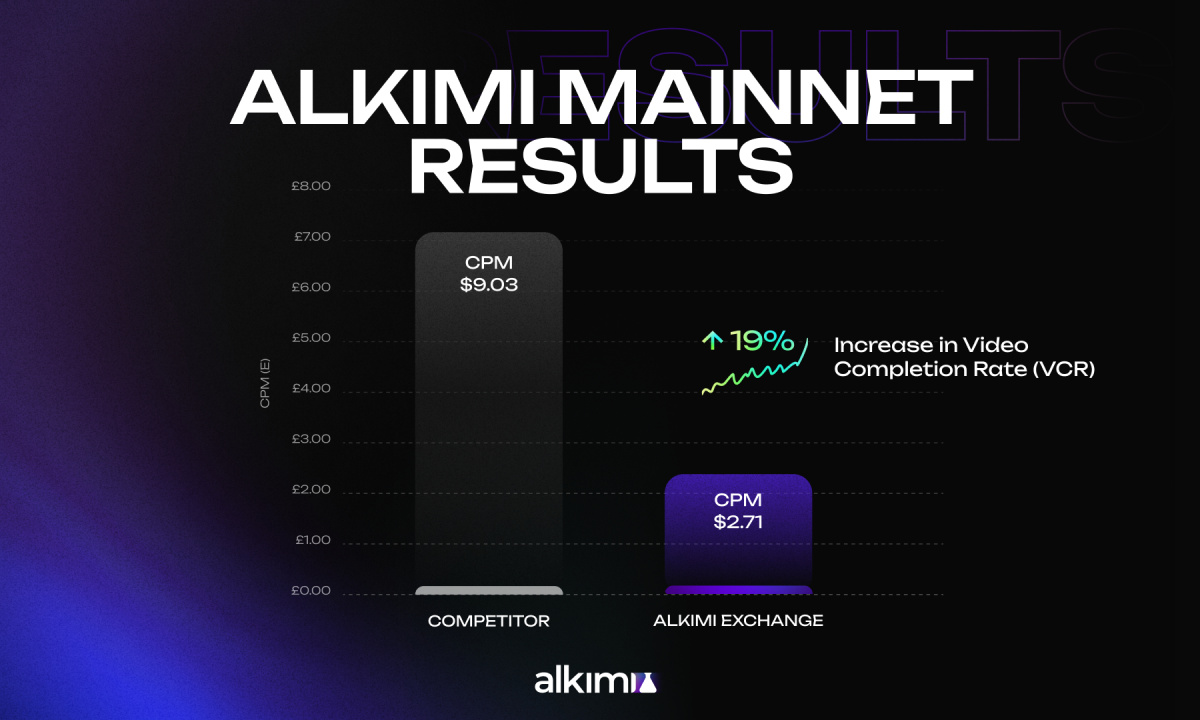Web3 Community Monetization: Drive growth while monetizing responsibly

In today’s interconnected world, social media has tremendous power over global business. This goes double for blockchain products, especially web3 projects, where the success of decentralized services often depends on the community. In the web3 realm, a community is not simply one of the channels of communication with the target audience. Blockchain projects are often designed to exist as an extension of the community, relying entirely on the community as a prerequisite for sustainable growth.
Ultimately, understanding the best practices for building these communities can really make or break your web3 product. In this article Evan VoynovCommunity Team Leader ninja promotionswill provide an overview of different web3 community monetization approaches, highlighting the pros and cons in the context of continued growth and success.
Key principles and questions to consider
Before we dive deeper into this topic, it’s important to keep in mind that in most cases, we don’t build communities for the sole purpose of making money. In our experience, the web3 community works in the opposite direction. In other words, it serves as a relatively inexpensive and efficient marketing channel for products or ecosystems that have their own monetization logic.
You shouldn’t always plan to monetize your community directly, but sometimes this can be a valid approach. To find out where your project stands, ask yourself the following questions:
- Is there a way to expand other revenue streams without burdening the community in any way?
- Do my competitors do that? Is this a successful practice in my niche?
- Does direct revenue generation align with your long-term goals and vision for the community?
- How does monetization affect the overall community experience? Will it add value or potentially alienate members?
- Is our community prepared for this? Do you have enough active and engaged members to not be opposed to a particular monetization idea?
How to monetize your web3 community – pros and cons
- Token economics: One of the most common ways to monetize the Web3 community is through token economics. Alternatively, one popular way to get started with a tokenomics model is to build a community around it. This involves creating a native token for the platform that can be used for a variety of purposes. For purposes both internal and external to the community, including governance, staking, and rewarding user contributions.
The value of the token is directly tied to the success and growth of the community, creating a symbiotic relationship between the two. A good example of the role of community in token economics and governance is the Uniswap decentralized exchange. Uniswap is governed by a DAO, or Decentralized Autonomous Organization. This means that all decisions about the future of Uniswap will be made by the community of UNI token holders.
Conversely, if a community becomes less active or its opinions become too polarized, stagnation is inevitable. - Premium Membership: Another way to monetize your community is by providing: Premium membership or subscription. This may include access to exclusive content, features or events. This is simple. Offering additional value to your paying members can ultimately drive revenue while encouraging users to support your community and its growth.
The main problem with this approach is that it is often difficult to provide enough value for users to purchase a subscription, except for a community centered around access to exclusive information such as trading signals.
- Sponsorships and Partnerships: As your community grows in size and influence, opportunities to collaborate with other projects or companies may arise. This may include event sponsorship, paid promotions, or collaboration on products or services.
However, when identifying partnerships in your community, it is important to carefully select partners that align with your community’s values and goals. With “whitewashing”you will have a sudden scandal. - NFTs: Experience over the past few years has shown that non-fungible tokens (NFTs) have been one of the most popular ways to monetize communities in the web3 space. These assets can be used for a variety of purposes within the community, such as access to exclusive features or events, tiered access passes, or simply collectible items. NFTs can also be sold on secondary markets, which can increase community value and increase brand awareness.
It is worth noting that different social groups have vastly different perceptions of NFTs. Digital artists love NFTs as another means of monetizing their work, but gamers Strong negative bias towards NFTsIt can take years to get over it.
- Targeted Marketing and Partnerships: Another way to generate revenue for your community is to utilize user data for marketing purposes. Offering targeted advertising options or partnering with other companies to provide sponsored content can be a quick way to earn additional income after building a large member base.
Keep in mind that it is important to obtain appropriate consent and be transparent with users about how their data is used. This approach can backfire if the community feels like they’ve “sold out,” which may seem unsuited to a community for a real, working product that uses other monetization methods. For example, ledger. On the other hand, a positive example is Discord’s user data policy. Even though that data could be invaluable to the right buyer.
Our Experience and Key Takeaways
NinjaPromo has been instrumental in the success of MicroBuddies, an innovative blockchain-based NFT breeding game. in this case, Ninjapromo has helped companies build communities and generate revenue around NFTs.
To capture both cryptocurrency enthusiasts and casual gamers, our team implemented a variety of marketing strategies that blended organic and paid methods. Our experts utilized social media promotion, community engagement, influencer collaboration, and video production. Crowdmarketing efforts have included forum creation, active moderation across platforms such as Telegram, Reddit, and Discord, on-site events, influencer AMAs, contests, and giveaways, all to generate hype for the NFT launch. Staying active 24/7 on Telegram and Discord, hosting interactive events and polls, and sharing dynamic video explanations with vibrant animations have been pivotal in educating new users and creating engaging, Supplemented with user-generated content.
MicroBuddies successfully sold out 2,500 NFTs, their community grew exponentially, and their social media channels gained over 15,000 subscribers. Our influencer campaign drove significant traffic to the website, generating vital buzz for the project, but it wasn’t a case of “just buzz and no substance.” Our actions have had a lasting impact. Best of all, the project’s large and active community has allowed MiroBuddies to partner with other companies and secure cross-functionality with Minecraft, opening up more revenue streams for the project’s community.
By incorporating monetization methods that fit your community’s ethos and aspirations, you can create a positive feedback loop where growth drives monetization, and monetization drives further growth. However, it is important to maintain a balance so that monetization efforts do not overshadow the core values of the community or hinder its organic development.
Post views: 83



